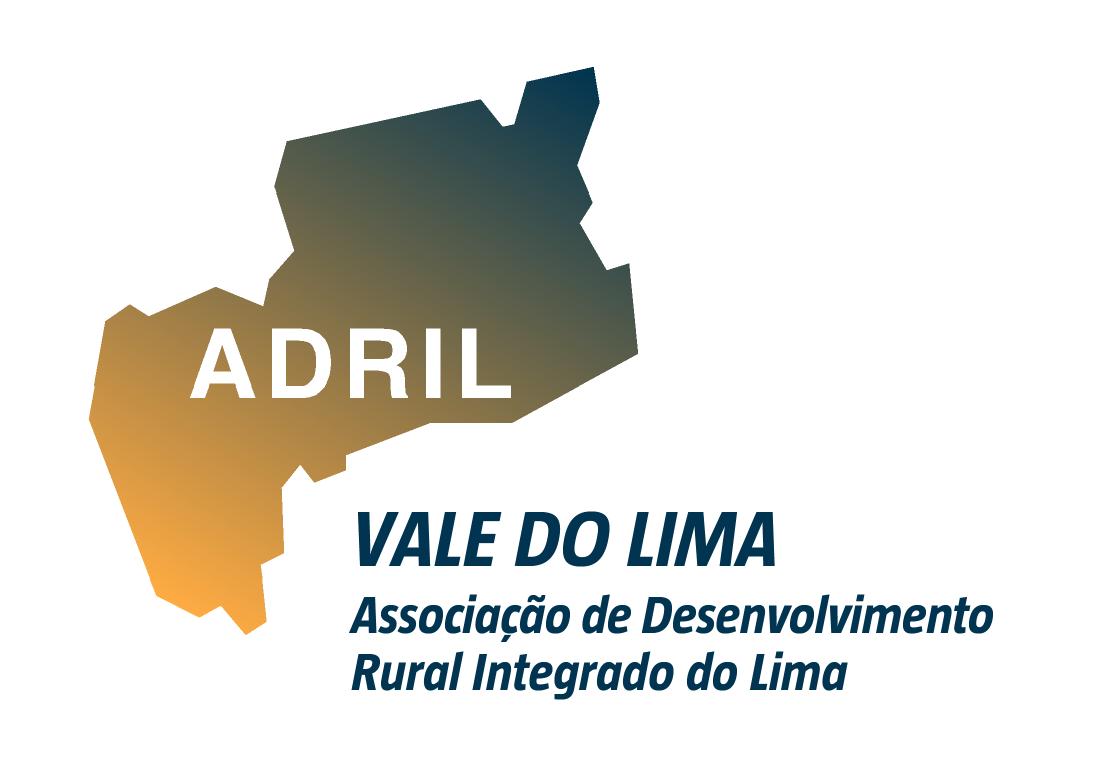Embroidery and lace are the mirror image of the soul belonging to their artists, who seek inspiration in nature, nature of contrasts, rustic or mild, earth or ocean, river or mountain, soft or hard tones of the sky, flowers, fish or birds.
The "Alto de Minho" is a region where the art of embroidery is an important and sorted wealth, which extends itself over the whole "Ribeira Lima" (Lima Riverside region), and where the embroiders and lace-makers transmit inheritance and tradition.
The embroidery in this region is very diverse, since the famous and traditional "regional garments", to the embroidery done with pieces of linen and cotton: Towels; cloths; tablecloths; handkerchiefs; etc, not forgetting the emotional "lover's handkerchief".
Although some of the species are now extinct, such as the brown bear and the mountain goat, the National Park still presents a very varied fauna, with important species like the wolf, the roe deer, the wild boar, the fox, the wild ferret and the otter.
Of special importance among the bird species are the endangered royal eagle, the kite, the woodland screech owl and the titmouse. Among the reptiles the most important are the rarely found Seoane viper and the horned viper, as well as the water snake, the water lizard and the green lizard. Amphibians of special note are the rare Lusitanian salamander, the tritons, the Iberian frog and the midwife toad.
The typical vegetation of the region is oak. It is almost always the black oak that predominates, coexisting with an impressive diversity of ferns, mosses, lichen, mushrooms and other plants such as the endangered holly.
There are woods where the Gerês lily can be found, but the plants are mostly heather, genista, gorse, broom, gramineous plants and juniper. This latter, like the woodland pine, the yew, the white birch and the rare Gerês fern, is a true relic of glacial flora. The varied climatic influences occasionally result in unexpected flora, with examples being the cork oak and the British oak. In the higher zones you can find areas that are always flooded, where the carnivorous plants, most particularly the "Orvalhinha", are a constant feature.
Oaks dominate most of the Gerês area. The woods can be divided into two different types of biotopes: the alvarinho oak woods and the black oak woods. The first are located in low altitud and warm valleys. Here, besides the alvarinho (Quercus robur), you can find the butcher’s broom (Ruscus lusitanica), arbutus-tree (Arbustus unedo) and the laurel cherry-tree (Prunus lusitanica), among others.
The Garranos are small bay horses, descendants of the horses represented in the incisions inside the caves of Lascaux and Altamira. They derive therefore from a very ancient breed present in the Portuguese territory from prehistory, as seen in paintings of the Paleolithic era.
The wood work, gives gratifying memories to the people of "Alto Minho", not only in the experience with it at work, manifesting itself permanently in work activities, but also in cereal cultivation, especially with corn cribs or open baskets, to benefit their excellent drying qualities . It's raw material, characterises a population known for its subsistence on their own agriculture, which is hard and laborious.
"Arcos de Valdevez" and "Ponte da Barca" are the capitals of corn cribs, with examples of architectonic importance, emphasising the conjoined corn cribs of "Soajo" (Arcos de Valdevez) and "Lindoso" (Ponte da Barca) "half-and-half" with the "National Park of Peneda Gerês".
 |
 |